Dr. Tim Elmore: The Strength of a Student Athlete: Who Before What
Have you ever heard a player, coach, or parent declare that they are a winner or loser rather than saying that they won or lost a game? ONE Softball knows that kids (and adults) identify strongly with the things the do. Sometimes that can be taken too far, with people putting what they do in the place of who they are.
In the article below, Dr. Tim Elmore talks about ways that coaches and parents can do to help athletes build a healthy sense of identity.
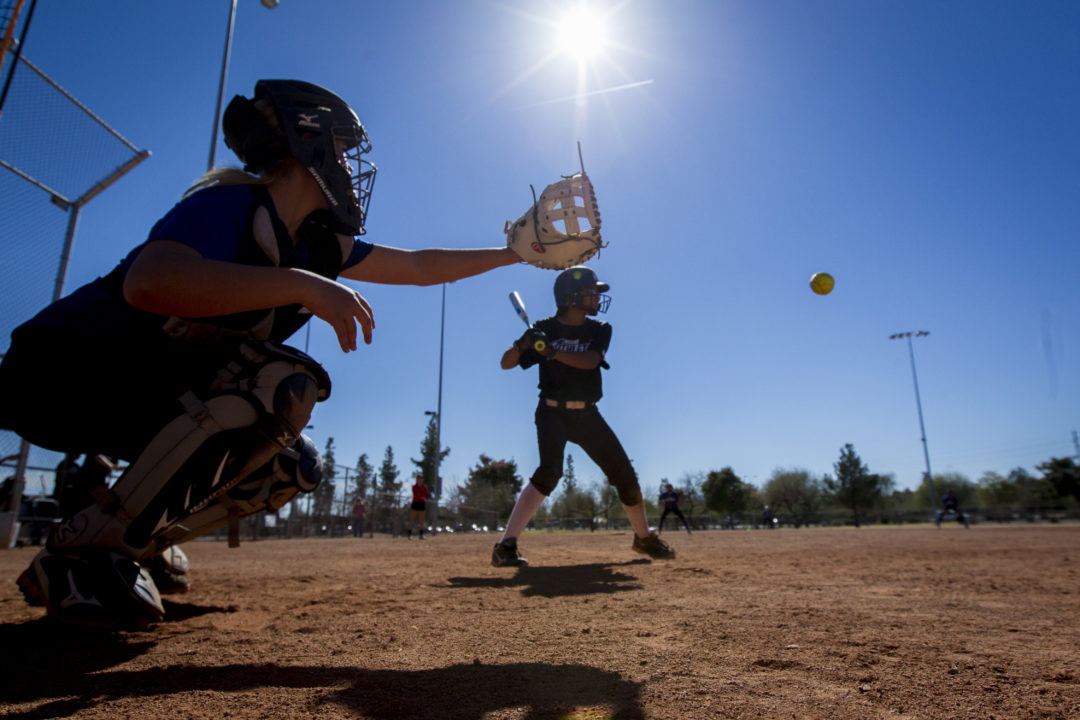
Former bantamweight champion Ronda Rousey stunned fans when she lost a match to Holly Holm It was a huge upset.
I bring this up because Rousey represents a vivid case study of too many young athletes today. In a nationwide interview on the Ellen DeGeneres show, Rousey became transparent about her emotional trauma after the loss. She told everyone that as she sat in the medical room, her first thoughts were: “What am I anymore if I’m not this? I was literally sitting there thinking about killing myself…and that exact second I am like, ‘I’m nothing, what do I do anymore, and no one gives a **** about me anymore without this (title).’”
Somehow she’d lost sight of who she really was. Rule #1: Never place your identity in something that can be taken away.
In that moment, her entire identity was wrapped up in being the best at her sport. While that sounds great on the surface, it’s just not healthy. Her will to go on was temporarily lost because it was all about a match—not her person. Had she forgotten:
- She was an amazing swimsuit model for Sports Illustrated? (So I’ve heard). ☺
- She had a caring boyfriend in Travis Brown, a UFC star?
- She is followed by people everywhere—for more than her MMA title?
Research shows that athletes are stronger and more resilient at their sport when they construct an identity that goes beyond the sport. We’ve also learned that athletes who’ve developed a healthy sense of identity outside of one sport are better able to handle adversity; to remain emotionally stable and to fight angst. It’s why so many NCAA Division I coaches insist on recruiting multiple-sport athletes out of high schools. Coaches want healthy, steady players. It has been said so many times it has become cliché, but it is still true. Athletes must be able to honestly say, “My sport is what I do, not who I am.”
Walking the Fine Line
So, how do coaches build a healthy sense of identity in student athletes, while still cultivating championship caliber players? Is it possible to have players lay it all on the line, while competing, but still not tie their entire personhood to the sport?
I believe it is. John Wooden has done it. Pat Summit has done it. Sue Enquist has done it. Tony Dungy has done it. Pat Murphy has done it. And the list goes on. Each of these coaches have helped young athletes construct an identity that includes their sport as a major part of who they are, but not entirely who they are. It’s a fine line.
“Who” Before “What”
Young athletes must settle who they are, before deciding what they’ll do. If they get this order wrong, they can become a basket case, building an identity around something that can be taken away. After all, one day their “sports days of glory” will end. Wisdom says, “A strong who leads to a strong and lasting what, but not the other way around.”
When I speak to audiences full of coaches and athletes about this topic, I always show a diagram of a tree. I believe healthy identity looks a lot like a fully-grown tree.
- Roots – The roots below represent identity—unseen but most important to the strength of the tree. They must be deep and intertwined with others.
- Trunk – The trunk is visible and represents their performance. Strong roots result in a strong trunk that can withstand storms and high winds.
- Fruit – The branches and fruit are the productivity of the athlete. Only with genuinely strong roots do we get real, (not artificial) fruit: winning in life.
The Elements of Healthy Identity
After three decades of working with college students, I have observed that healthy, resilient athletes are the result of coaches and staff who enable young athletes to build their identity around elements beyond their single sport. In other words, your athletes need you to help them model the elements of a healthy identity:
* It revolves around the characteristics inside you.
* It’s based on something that cannot be taken away.
* It’s built from beliefs that will last a lifetime.
* It involves solving problems and serving people.
* It fosters satisfaction when you live up to it.
* It furnishes a platform to leave a legacy.
For years, Becky Hammon was an incredible college and professional basketball player. One reason is, she’s not only talented but she’s also built a strong sense of identity. Not long ago, Becky became the first female coach in NBA history. She is paving the way for others who follow. In the process, however, she’s taken a lot of flack from those who believe the NBA is for men, not women. In an interview, she was asked about how she handles the adversity. Her answer revealed her robust sense of self. She simply said, “I know who I am…When you get comfortable with yourself like that and you know you’re doing the right thing, you can take a lot of crap.”
Let’s go build strong people. If we do, we will get strong athletes.
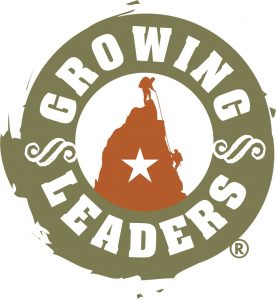
Republished with permission from GrowingLeaders.com


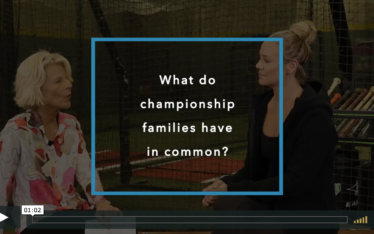
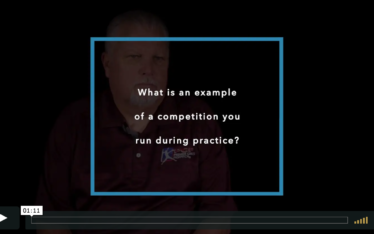
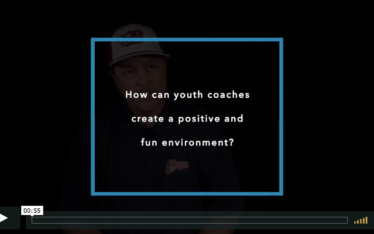
About The Author
Dr Tim Elmore
Dr. Tim Elmore is the founder and president of Growing Leaders, a non-profit created to develop emerging leaders. Elmore trains middle school, high school and college students with the skills they need to become authentic leaders with huge potential to transform society.